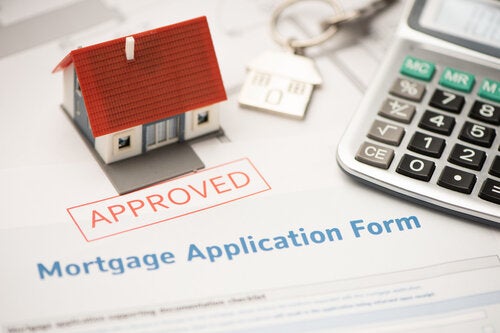 If you've ever gone shopping for a home mortgage or refinance you've probably seen an interest rate advertised as, for instance, "Rate: 2.65%; APR: 2.7%." The annual percentage rate (APR) represents the average annual finance charge you'll be paying on the loan when including all the fees and costs associated with getting that loan. This can include things like closing costs, broker fees and discount points (a lower interest rate charged in exchange for an additional upfront fee). The APR is usually higher than the interest rate. The APR is a valuable number to know so you can compare directly the total costs of loans that might have widely varying terms. Here is an example of how this works.
If you've ever gone shopping for a home mortgage or refinance you've probably seen an interest rate advertised as, for instance, "Rate: 2.65%; APR: 2.7%." The annual percentage rate (APR) represents the average annual finance charge you'll be paying on the loan when including all the fees and costs associated with getting that loan. This can include things like closing costs, broker fees and discount points (a lower interest rate charged in exchange for an additional upfront fee). The APR is usually higher than the interest rate. The APR is a valuable number to know so you can compare directly the total costs of loans that might have widely varying terms. Here is an example of how this works.Let's say you want to borrow $200,000 to finance your home purchase. The closing costs, etc. come to another $5,000. So, you are actually borrowing $205,000. The original interest rate was 5 percent, meaning an annual interest payment of $10,000. But including the additional $5,000 will yield an annual interest payment of $10,250 (5 percent of $205,000). Dividing the $10,250 by $200,000 will show an APR of 5.125%. If you're comparing two mortgage loans, generally the one with the lower APR is the better deal as it means that the lender has lower upfront fees than the other lender.
You also encounter APR on credit cards. This is the cost associated with the credit card company financing your financial activities. Lenders may charge one APR for purchases, another for cash advances and a third for balance transfers. How you plan to use your credit card will determine which APR you should pay the most attention to. If you pay off your balance each month, you won't incur any APR charges for purchases, though you still may for balance transfers and cash advances. Sometimes credit cards will offer introductory specials with 0 percent APR, so you'll want to investigate those as well.